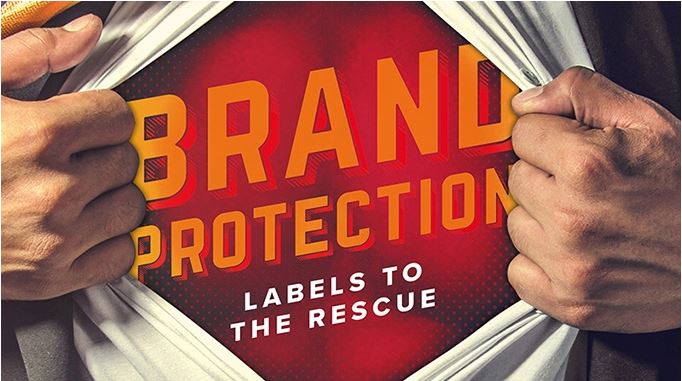“Two-thirds of consumers who have unintentionally purchased counterfeit goods have lost their trust in a brand. Modern labeling and printing technologies can come to the rescue.”
The value of imported fake goods that were seized in 2019 was estimated to be $509 billion which was up from $461 billion in 2018. This value only includes imports, not the counterfeiting that occurs with domestically produced items as well as pirated products that are distributed over the internet. Counterfeit trade has a negative effect on government and companies and feeds additional criminal activity. Depending on the goods that are counterfeited, it can also impact the health and safety of consumers. Products like medical supplies, car parts, food, and electrical goods are just a few of the goods that can have a harmful effect on the consumer when counterfeited.
Labels are one of the most identifiable and easiest ways for a consumer to know if a product is real and labels can be “used to fight counterfeiting by selecting materials with characteristics that respond to how the product might be handled in an instance where counterfeiting had occurred.”
By understanding the journey of the product, many weak points can be identified, and enhanced security of labeling, processes, and distribution will help reduce counterfeiting of products. While there is not one unique or standard solution to reducing and ultimately eliminating counterfeiting, there is a progression of solutions as you walk through the process the product goes through from manufacturing through to delivery.
Pragmatyxs knows the labeling process and stays informed and knowledgeable about the ever-changing regulatory world, security in labeling and manufacturing, and enterprise labeling. We are ready to help companies reduce their counterfeit exposure and protect consumers.
